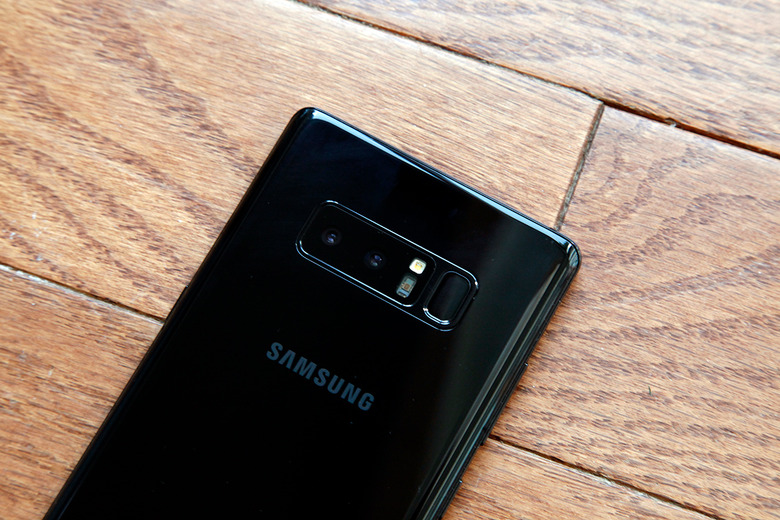Insider Report Says Galaxy Note 9 Has Been Delayed Due To A Design Change
The Galaxy S9 that Samsung launched earlier this year was the opposite of a surprise. Samsung chose to not copy the iPhone X's notch design, instead sticking with a phone that looks a lot like the Galaxy S8 it replaced.
According to all the rumors we've seen so far, the Galaxy Note 9 will be playing from the same score. Samsung has reportedly chosen not to go with a notch, and it also isn't including new features like an under-display fingerprint sensor, so the Note 9 will probably look like a marginally more refined version of the Note 8.
But there is potential for one change to Samsung's usual playbook: the timing. Samsung already released the Galaxy S9 a whole month earlier than it traditionally releases its S-series smartphone, and the Note 9 has been set for a similar bump up the schedule, with a release provisionally penned in for July instead of the usual August. But according to Korean outlet The Bell, which has a very solid track record when reporting on Samsung's unannounced plans, a last-minute design change has pushed back production by two weeks, which will likely mean we'll see a more traditional end-of-the-summer announcement.
The Bell reports that the change is on the orders of Samsung Electronics Vice Chairman Lee Jae-yong, who was in China visiting Oppo and Vivo in recent weeks. Jae-yong reportedly found the devices produced by those manufacturers easier to hold, so has ordered a reduction of 0.5mm in the thickness of the glass covering the display. That delay will carry over to other component manufacturing, and the report suggests that the entire release will be pushed back by a few weeks.
It's good to see that Samsung is taking a fastidious approach to quality control this year, given certain previous things that happened to the Galaxy Note line. But even a small delay could turn out to be fatal to Samsung's ambitions to take on the new iPhone line, all things considered. Moving the Note 9 announcement up to July and the release into August gave Samsung more separation from Apple's traditional early-September iPhone event, and a month of Note 9 sales without having to compete with a brand-new iPhone would be a major improvement for Samsung. Falling back to the traditional release dates won't be a tragedy for Samsung by any means, but it also won't help sales.
